Effective Weed Control: Safeguarding Forests from Invasive Species
- September 18, 2024
- 1 comment
Invasive species pose one of the most significant threats to forest ecosystems worldwide. These non-native plants, animals, and pathogens establish themselves in new environments, outcompeting native species and disrupting ecological balance. In forests, invasive weeds are especially problematic, as they can choke out native flora, alter soil chemistry, and impact water cycles.
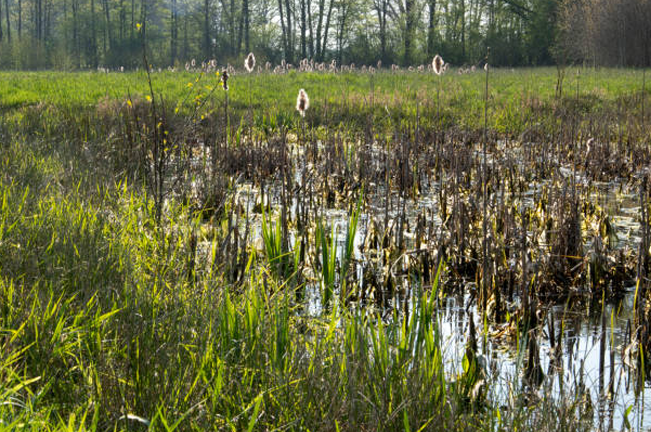
Effective weed control is essential for maintaining forest health. Without intervention, invasive weeds can create monocultures, reduce biodiversity, and weaken the entire ecosystem. Their unchecked growth threatens not only plants but also the animals and insects that depend on native vegetation for food and shelter. Additionally, invasive species can exacerbate the effects of climate change, making ecosystems even more vulnerable.
The challenge in managing invasive species lies in their adaptability and resilience. These plants often thrive in disturbed environments, making it harder for native species to recover. Forest managers must balance maintaining natural habitats with using effective and sustainable methods to control invasive plants.
Table of Content
- Understanding Invasive Weeds in Forest Ecosystems
- The Ecological Impact of Invasive Weeds on Forests
- Effective Weed Control Strategies in Forest Management
- Sustainable Approaches to Weed Control
- Challenges in Controlling Invasive Weeds
- Monitoring and Early Detection of Invasive Species
- Policy and Legislation Supporting Weed Control
- The Future of Invasive Species Control in Forests
- FAQs
Understanding Invasive Weeds in Forest Ecosystems
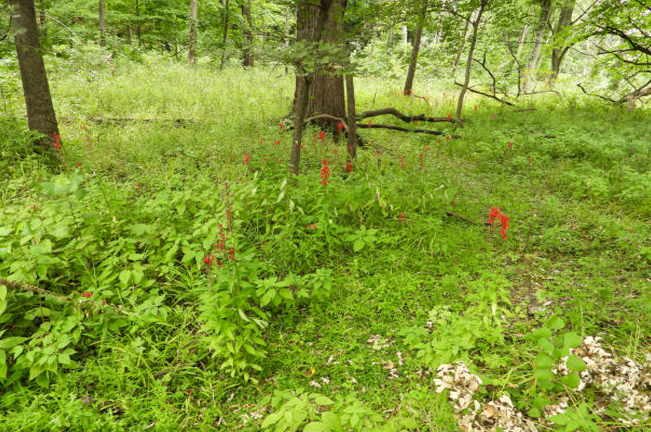
Several invasive weed species are notorious for causing havoc in forest ecosystems. Plants like kudzu and Japanese knotweed are among the most destructive. Kudzu, often called “the vine that ate the South,” can grow up to a foot a day, smothering trees and shrubs. Japanese knotweed is equally destructive, with deep-rooted systems that are extremely difficult to remove, spreading aggressively along waterways and forests.
Invasive weeds outcompete native plants through various mechanisms. They can grow faster, reproduce more prolifically, or produce chemicals that inhibit the growth of nearby species, a process known as allelopathy. This aggressive competition leads to a reduction in biodiversity, as native species struggle to survive in areas overtaken by invaders.
Human activities, such as deforestation, road construction, and global trade, accelerate the spread of invasive weeds. Climate change further exacerbates this by altering temperature and precipitation patterns, creating more favorable conditions for these species to thrive in new regions.
The Ecological Impact of Invasive Weeds on Forests
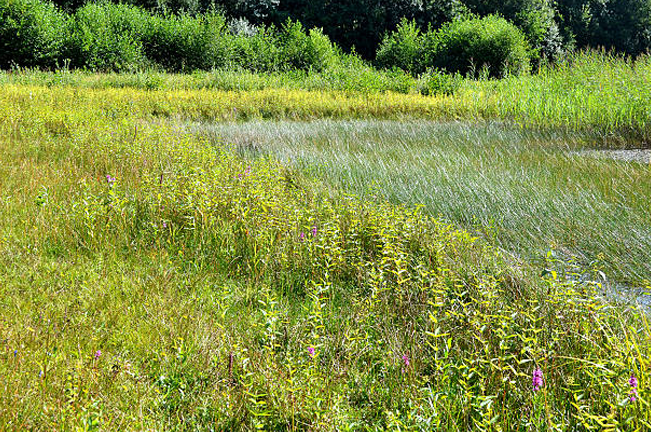
Invasive weeds affect forest ecosystems at multiple levels. Their dominance alters soil composition, often depleting essential nutrients needed for native plants. This degradation of soil health can reduce the forest’s ability to regenerate after disturbances like fires or logging.
Weed infestations also impact water availability. Some invasive species are known to consume large amounts of water, depriving other plants of necessary hydration. Additionally, dense growths of weeds can alter the water cycle by increasing evaporation and reducing water infiltration into the soil.
Wildlife habitats are another casualty of invasive species. As native plants disappear, so do the animals that rely on them for food and shelter. This can lead to a cascade effect, where the decline of one species impacts several others in the ecosystem. The long-term consequences of uncontrolled weed growth include decreased forest resilience, loss of biodiversity, and weakened ecosystem services such as carbon sequestration.
Effective Weed Control Strategies in Forest Management
There are several methods used in forest management to control invasive weeds:
- Mechanical Methods: These involve the physical removal of weeds by hand or using machinery. Techniques like mowing, cutting, and uprooting are effective for small infestations but can be labor-intensive and costly in larger areas. For persistent species like knotweed, repeated removal is often necessary.
- Chemical Methods: Herbicides can be used to control invasive species, particularly when mechanical removal is impractical. However, careful application is essential to avoid harming native plants and animals. Herbicides should only be used as part of a broader strategy and must adhere to environmental safety standards.
- Biological Control: This method uses natural predators, parasites, or diseases to control invasive species. For example, insects that feed on a specific invasive plant can help reduce its spread. This approach is highly sustainable but requires careful research to ensure that introduced species do not become invasive themselves.
- Integrated Weed Management (IWM): IWM combines several control methods for a comprehensive and long-term solution. By using a mix of mechanical, chemical, and biological techniques, forest managers can reduce the reliance on any one method and adapt to changing conditions.
Sustainable Approaches to Weed Control
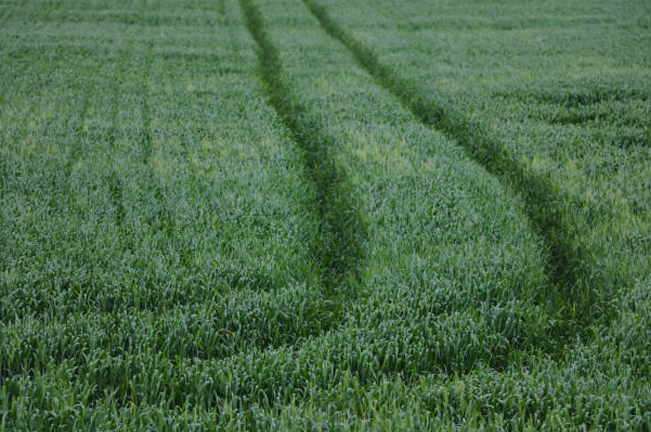
Sustainability is a key consideration in weed control efforts. Forest managers must avoid causing unintended harm to native ecosystems while addressing invasive species. One approach is to target invasive weeds with precision methods like spot treatments of herbicides or localized removal, minimizing the damage to surrounding native plants.
Restoration projects are vital for areas heavily affected by invasive species. Replanting native vegetation and rehabilitating soil health are crucial steps in restoring forest ecosystems. In some cases, forest managers might introduce native species that are better suited to compete with invasive weeds, thereby reducing their spread naturally.
Using eco-friendly alternatives, such as organic herbicides and natural mulch, can also help minimize environmental impact. These methods are especially important in sensitive areas, such as near waterways or in forests with endangered species.
Challenges in Controlling Invasive Weeds
Weed control in large forest areas presents significant challenges. Resource limitations, including labor and funding, can hinder the ability to manage invasive species effectively, especially in remote or densely forested regions. Additionally, the sheer scale of some infestations can make control efforts seem overwhelming.
Forest managers must strike a delicate balance between aggressive weed control and conserving native biodiversity. Over-reliance on chemical methods, for example, can harm non-target species and disrupt the ecosystem further. Adapting control strategies to the unique characteristics of each forest, including soil type, climate, and the presence of sensitive species, is crucial for long-term success.
Monitoring and Early Detection of Invasive Species
Early detection and monitoring are critical components of invasive species management. By identifying and addressing invasions early, forest managers can prevent the spread of weeds before they become unmanageable. This requires regular surveys of forest areas and the use of tools like geographic information systems (GIS) to track infestations.
Engaging communities and volunteers in monitoring efforts can provide valuable support. Public education campaigns can raise awareness about invasive species, encouraging people to report sightings and help prevent their spread through actions like cleaning boots, tires, and equipment when moving between forested areas.
Policy and Legislation Supporting Weed Control
Government policies play a crucial role in regulating invasive species control. National and international agreements, such as the Convention on Biological Diversity (CBD), provide frameworks for managing invasive species across borders. Policies often include guidelines on the use of herbicides, regulations on the introduction of non-native species, and funding for conservation programs.
Government agencies, non-governmental organizations (NGOs), and private stakeholders must collaborate to implement effective weed control strategies. Successful programs, such as the Invasive Species Management Program in the U.S., offer examples of how coordinated efforts can make a significant impact on controlling invasions.
The Future of Invasive Species Control in Forests
The future of weed control in forests will likely involve more innovative technologies and methods. Drones, satellite imaging, and artificial intelligence are already being explored for monitoring and managing invasive species with greater precision and efficiency. These technologies can help identify infestations early, track their spread, and target control efforts more effectively.
As climate change continues to reshape ecosystems, the battle against invasive species will require even more adaptive strategies. Warmer temperatures and changing rainfall patterns may allow invasive weeds to establish in new areas, making proactive and flexible management crucial. International cooperation and global initiatives will also play a key role in addressing invasive species challenges on a larger scale.
Frequently Asked Questions (FAQs)
1. What are invasive species and why are they harmful to forests?
Invasive species are non-native plants, animals, or pathogens introduced to an ecosystem where they do not naturally belong. They often spread rapidly, outcompeting native species for resources such as light, water, and nutrients, leading to loss of biodiversity and disruption of forest ecosystems.
2. Why is weed control essential for forest health?
Weed control helps maintain forest biodiversity and ecosystem stability. Invasive weeds, if left unchecked, can smother native plants, alter soil and water cycles, and create monocultures that are less resilient to environmental changes. Controlling these weeds is critical for sustaining healthy forests and preventing long-term ecological damage.
3. What are some common invasive weed species found in forests?
Common invasive weeds in forest ecosystems include kudzu, Japanese knotweed, garlic mustard, and Himalayan balsam. These species grow aggressively, often taking over large areas and displacing native plants crucial to forest health.
4. How do invasive weeds affect the ecosystem?
Invasive weeds can degrade soil health, reduce water availability, and disrupt the regeneration of native plants. They also impact wildlife by removing native food sources and destroying habitats, leading to a cascading effect on forest biodiversity.
5. What are the main methods of controlling invasive weeds in forests?
The most effective weed control methods include:
- Mechanical Methods: Physical removal of weeds through manual labor, mowing, or cutting.
- Chemical Methods: Using herbicides to kill invasive plants, although care must be taken to minimize damage to native species.
- Biological Control: Introducing natural predators or diseases that target invasive species.
- Integrated Weed Management (IWM): Combining multiple methods for a comprehensive approach to weed control.
6. How can invasive weed control be done sustainably?
Sustainable weed control focuses on minimizing harm to the environment while managing invasive species. This includes using targeted herbicide applications, restoring native plant populations after weed removal, and adopting eco-friendly practices, such as organic herbicides or natural mulching.
7. What are the challenges of controlling invasive weeds in large forest areas?
Challenges include resource limitations (such as funding and labor), the scale of infestations, and balancing weed control with biodiversity conservation. Forest managers must tailor their strategies to the specific needs of different forests and ecosystems while minimizing harm to native species.
8. How can invasive species be detected early in forests?
Early detection involves regular monitoring and surveys of forest areas. Tools like GIS mapping, drones, and remote sensing technologies can help track invasive species. Public involvement through community programs and volunteer reporting can also support early detection efforts.
9. Are there policies and regulations in place for controlling invasive species?
Yes, national and international policies, such as the Convention on Biological Diversity (CBD), provide guidelines for managing invasive species. Many governments have regulations regarding the use of herbicides, prevention of species introduction, and support for invasive species management programs.
10. What is the future of invasive species control in forests?
The future of invasive species control includes the use of emerging technologies like satellite imaging, artificial intelligence, and drones for more precise detection and management. As climate change shifts ecosystems, adaptive strategies and global cooperation will be essential for addressing invasive species challenges.
11. How does climate change influence the spread of invasive species?
Climate change can create favorable conditions for invasive species to thrive in new regions by altering temperature and precipitation patterns. As forests adapt to changing climates, invasive species may establish themselves more easily, making proactive management critical.
12. What role do restoration projects play in managing invasive weeds?
Restoration projects are vital in rehabilitating areas affected by invasive species. By replanting native vegetation, improving soil health, and restoring natural habitats, these projects help rebuild ecosystems and make forests more resilient to future invasions.

Gilbert Griffin
Forestry AuthorGilbert Griffin is a forest management expert specializing in sustainable practices, forest health, conservation, and land management. With extensive knowledge in pest control, disease management, and habitat restoration, Gilbert develops strategies to preserve forest ecosystems and biodiversity. Passionate about the natural world, Gilbert adapts to changes in forest management and stays updated through continuous learning. Gilbert also provides seasonal advice to optimize forest care throughout the year.

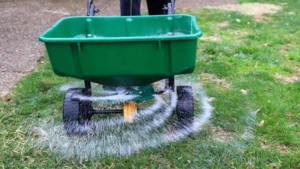
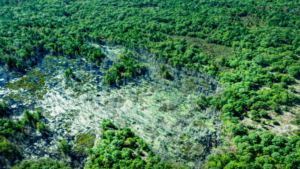
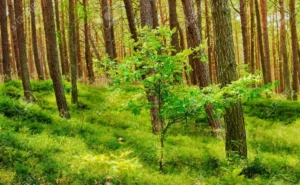
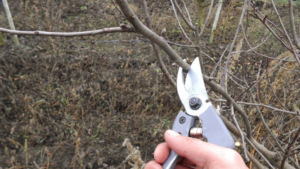
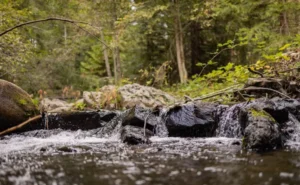
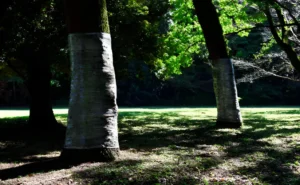
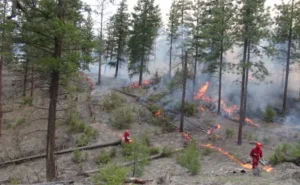
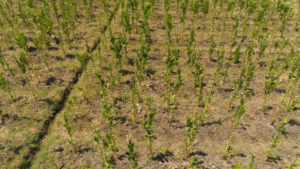
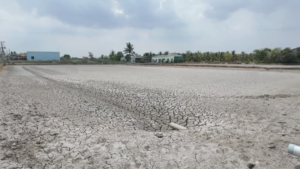
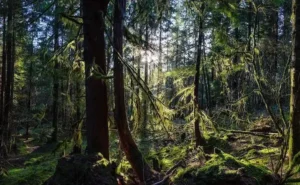


I proposed a small project of Mimosa pigra L. , the result will be announced in March 2025. I need to control measures for the species. In Myanmar (Burma), biological control, IPM are very limited for lacking of experts. Thank you for your this sharing, but I would like to know in detail for the M.pigra to contol applying effective methods.
Wai Wai Than
October 7, 2024 6:18 am